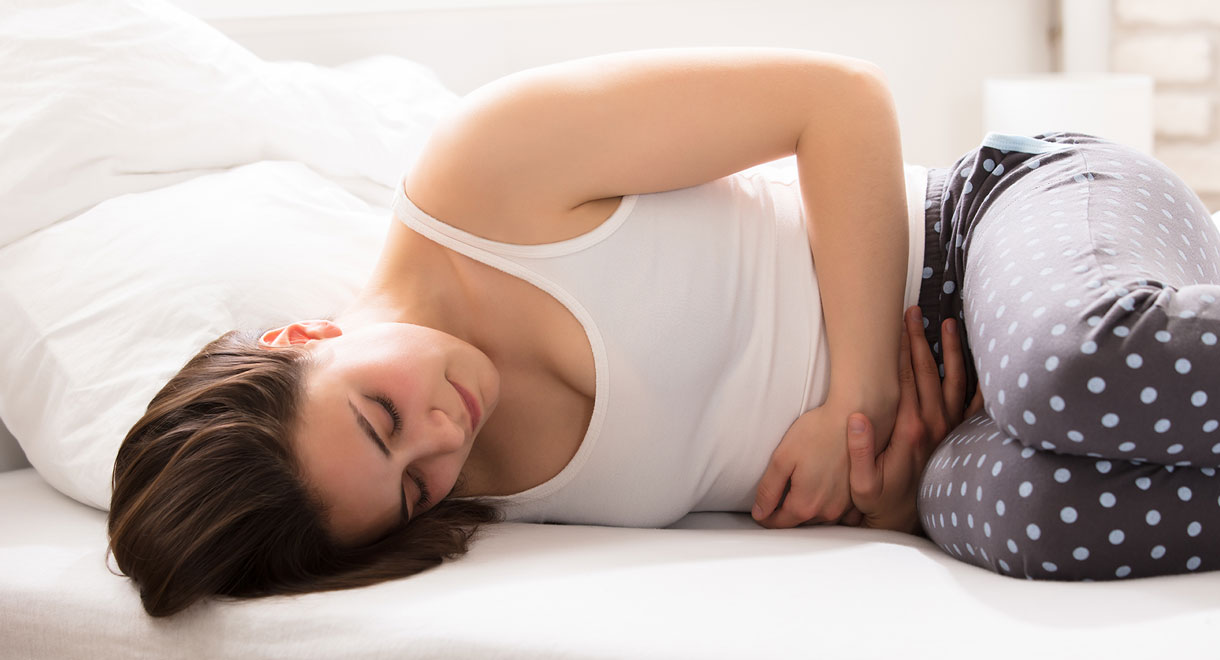

Endometriosis
Endometriosis is a condition in which tissue from the lining of the uterus (endometrium) appears in abnormal sites in the pelvis such as on the ovaries, surface of the fallopian tubes, outside wall of the uterus, pelvic wall, bladder or bowel. It occurs in at least 10 to 15 percent of reproductive-age women who menstruate.
What causes it?
The cause is uncertain but it is known to be associated with retrograde menstruation in which there is a flow of blood backwards through the fallopian tubes into the pelvic cavity. It is more common in women with severe stress, a high sugar diet and immune system problems. There are abnormally high levels of inflammatory chemicals present in the endometrial deposits and pelvic fluid. Thus excess inflammation combined with hormonal imbalances seem to be the major underlying factors. There is some research to show that endometriosis may have an autoimmune component. The endometrial deposits are influenced by hormonal changes in the same way as the normal endometrium, and so will grow and bleed each month into the pelvic cavity. This results in blood filled cysts and scar tissue formation (adhesions) on the outside of the uterus, tubes, ovaries, bladder and bowel.What are the symptoms?
- Severe abdominal/pelvic pains during menstrual bleeding and at other times in the menstrual cycle. Although some women do not experience any pain.
- Women with endometriosis may also suffer with painful sexual intercourse, bladder and bowel problems such as painful constipation, diarrhea and abdominal swelling.
- Other symptoms that may occur are ovulation pain, pre-menstual tension, bleeding between periods, bloating, tiredness and infertility.
How is it diagnosed?
The diagnosis of endometriosis can only be made by laparoscopy where the gynecologist looks directly into the pelvic cavity with an operating telescope (laparoscope) passed through the abdominal wall under a general anaesthetic. A pelvic or vaginal ultrasound scan can also assist in the diagnosis. It is not uncommon for the correct diagnosis to be delayed and some women with endometriosis are incorrectly diagnosed with irritable bowel syndrome, pelvic inflammatory disease, period pains or a psychosomatic illness.General recommendations
Exercise regularly for 40 to 60 minutes daily and cease smoking, as you need a healthy immune system to overcome endometriosis.Diet
A diet high in raw fruits and vegetables, raw juices, legumes, nuts and seeds and oily fish is recommended.Raw juicing
Include daily raw vegetable juices – include carrot for a source of beta carotene. “Raw Juices Can Save your Life” book has a juice recipe designed to assist with endometriosis.Endometriosis Juice
Ingredients- 1 carrot
- 1/2 cup chopped wheatgrass
- 1 inch (2.5 cm) slice of fresh ginger
- 2 sprigs cilantro (coriander)
- 1/4 medium-sized pineapple
- 1 whole grapefruit with white pith
- 2 very dark green spinach or kale leaves
- 4 sprigs parsley
- Wash, trim and chop ingredients. Remove rough, dry pieces from pineapple but retain some skin.
- Put all ingredients through juicer.
- Drink 1 cup, 2 to 3 times daily.
- Store covered in refrigerator up to 24 hours or freeze larger amounts in daily serving sizes.
Recommended supplements for endometriosis
- Livatone Plus Powder or Capsules Take 2 capsules twice daily or 1 teaspoon daily with meals - to help assist the liver to break down excess hormones such as estrogen.
- MSM Plus Vitamin C Take 1/2 teaspoon twice daily in juices or water - MSM is an organic sulphur vital for efficient liver function and detoxification and controlling inflammatory processes.
- Fem Pro - Natural Progesterone Cream One dose = 1/2 turn of the self-dispensing lid = 1/4 teaspoon of the cream = 35 mg of progesterone.
- Femmephase Take 2 capsules twice daily – will help with relief for a variety of symptoms associated with this condition.
Know someone who might benefit from this article? Share it!
Need Help?
1-888-75-LIVER
Monday to Friday, 9:00 am to 5:00 pm MST
100%
Satisfaction Guaranteed
If it’s faulty or wrongly described, we’ll replace it.










